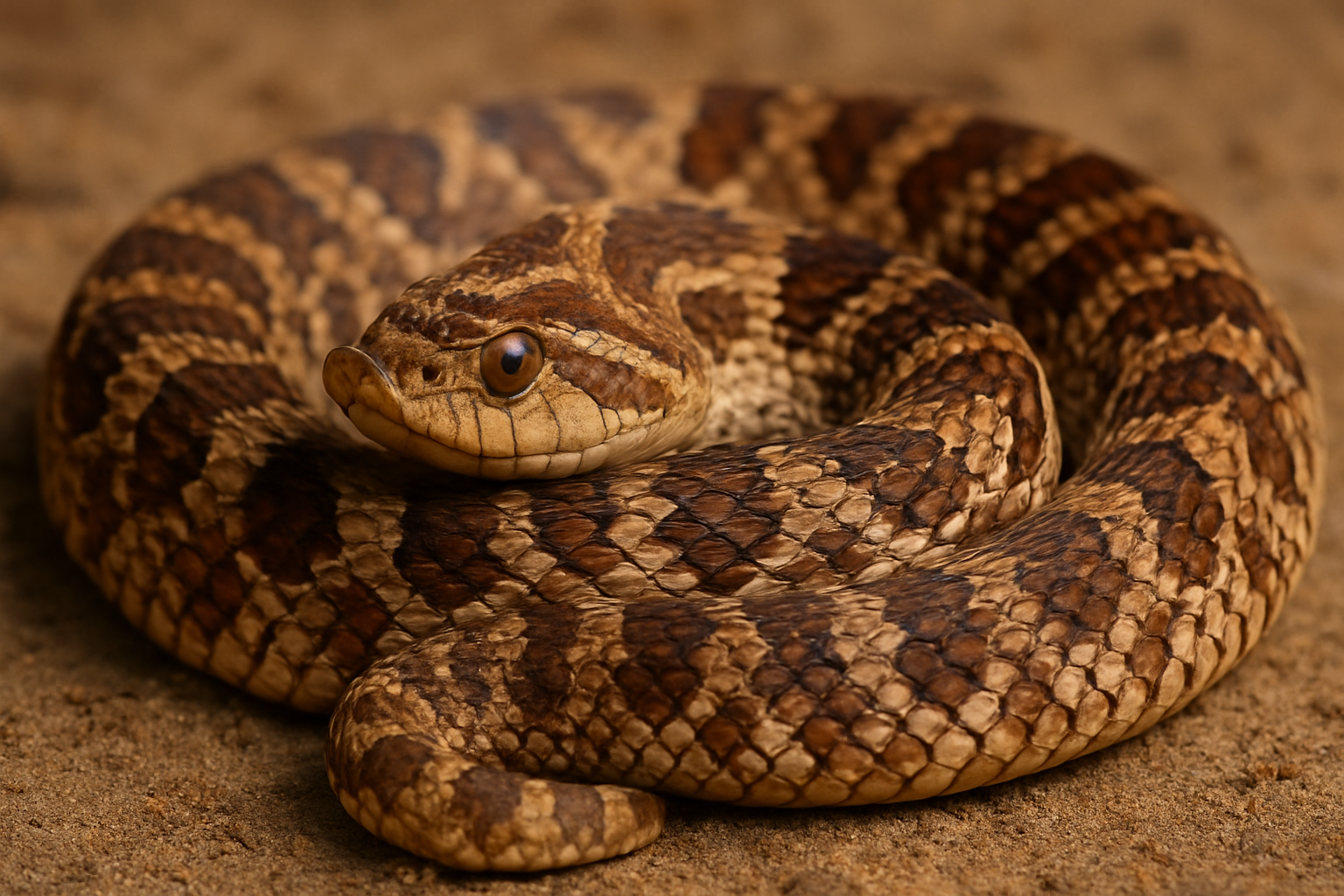

Hognose Snake Diet & Nutrition: What to Feed in Captivity
Hognose Snakes in the Wild
Hognose snakes are small, charismatic colubrids known for their upturned snouts and dramatic defensive displays. In the wild, they are generalist predators with a unique preference for amphibians. Many hognose snakes consume toads, frogs, lizards, small rodents, and bird eggs. This dietary variety provides them with lean protein, moderate fat, and a range of micronutrients, as outlined MSD Veterinary Manual’s reptile nutrition guide.
Nutritional Needs of Hognose Snakes
Like all colubrids, hognose snakes are obligate carnivores. Their nutrition depends on protein for muscle health and energy, fats for long-term fuel, and vitamins such as A and E for immune and skin health. Calcium and phosphorus are also critical for bone strength and shedding. An imbalanced diet can cause obesity, metabolic issues, or deficiencies, especially when snakes are fed the same type of prey repeatedly. A study on the nutrient composition of prey items consumed by indigo snakes highlights just how much fat and protein content can vary between wild and captive prey sources.
Feeding Hognose Snakes in Captivity
Most hognose snakes in captivity are fed a rodent-based diet, but it is important to recognize that this does not fully reflect their wild feeding habits. Frozen rodents are commonly used, but they may provide more fat than hognose snakes would typically consume. Storage time also reduces vitamin quality, which may impact health if left unaddressed. For keepers new to the species, a hognose snake care sheet can be a useful overview, but nutrition should be considered more deeply to avoid long-term issues. For more detailed nutrition support, explore our Colubrid Nutrition Care Sheet, which includes a downloadable reference PDF.
Feeding Frequency for Hognose Snakes
Feeding schedules should match the snake’s age and body condition. Juvenile hognose snakes typically require small meals every 5–7 days to support steady growth. Adult hognose snakes can be offered food every 7–10 days, with meal sizes no larger than one to one-and-a-half times the snake’s mid-body diameter. Overfeeding or offering oversized meals can lead to regurgitation or obesity, while underfeeding may cause slow growth or poor sheds. Keeping a simple feeding log helps ensure consistency. For practical support tailored to this species, see our Hognose Feeding Guide.
Finding the Best Food for Your Hognose Snake
Hognose snakes thrive when given diets that align with their biology. A balanced approach to nutrition helps prevent common health issues and supports healthy growth. Keepers should consider variety, feeding schedules, and nutrient content when planning hognose snake diets. For more information on reptile nutrition and practical feeding solutions, explore our Snake Nutrition Care Sheet or visit our Freeze-Dried Snake Food product page.
